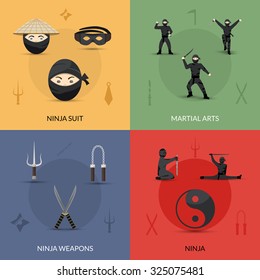Just How Do Conventional Martial Arts Focus On Technique Compare To Modern-Day Fight Sporting Activities Focus On Competition? Discover The Crucial Differences That Can Form Your Trip
Just How Do Conventional Martial Arts Focus On Technique Compare To Modern-Day Fight Sporting Activities Focus On Competition? Discover The Crucial Differences That Can Form Your Trip
Blog Article
Content By-Thuesen Rocha
When you think of martial arts, do you lean a lot more toward the standard methods or the modern battle sports? Each path provides unique benefits and experiences, formed by their approaches and training techniques. https://www.drishtiias.com/state-pcs-current-affairs/bastar-s-daughters-created-history-in-the-6th-national-mixed-martial-arts-competition and discipline, while contemporary fight sports concentrate on competition and performance. Comprehending these differences can lead you in selecting the ideal strategy for your journey. Yet just how do these distinctions manifest in training and ideology?
The Ideology and History Behind Traditional Martial arts
While many individuals associate martial arts with physical fight, the approach and history behind standard martial arts run much deeper. You'll discover that these self-controls stress personal growth, self-control, and respect.
Stemming from old techniques, conventional martial arts were typically developed for Self-Defense and spiritual development. They personify concepts such as equilibrium, consistency, and self-constraint, guiding practitioners beyond mere fighting skills.
As you educate, you'll not only learn methods yet also gain insights right into the society and worths that formed these arts. The routines and practices, typically passed down via generations, promote a sense of community and belonging.
The Competitive Nature of Modern Battle Sports
Modern battle sports have actually changed the landscape of martial arts right into an extremely competitive field, where professional athletes face off in a test of skill, technique, and endurance.
You'll discover that competitors are usually arranged with stringent regulations and laws, making sure fair game and safety and security. These occasions attract large target markets, fueling the enjoyment and intensity of matchups.
Athletes educate carefully, not just for physical prowess yet also for psychological toughness, understanding that every information counts in the ring. The adrenaline thrill throughout competitors is apparent, as competitors press their limits to claim triumph.
Fans appreciate the athleticism and artistry entailed, making modern fight sporting activities a thrilling phenomenon that remains to evolve and captivate enthusiasts around the globe.
Training Approaches and Techniques: A Relative Analysis
The competitive atmosphere of modern-day fight sports demands innovative training approaches that vary significantly from conventional martial arts.
In contemporary training, you'll concentrate on particular strategies, sparring, and conditioning, often using drills that mimic genuine fight scenarios. You'll see a focus on quantifiable efficiency and constant competitors to analyze your abilities.
In kids martial arts near me , typical martial arts focus on types, katas, and thoughtful trainings, usually highlighting technique and respect over competitors.
Training is usually less intense and might involve repetitive practice rather than real-time sparring.
While both methods develop skill and fitness, modern-day fight sporting activities provide a more vibrant and adaptable training environment, preparing you for instant difficulties in the ring or cage.
Choose the path that lines up with your objectives and rate of interests.
Final thought
In choosing in between standard martial arts and modern-day combat sporting activities, it really comes down to what you value most. If you're searching for individual development, technique, and a sense of area, standard arts could be your best fit. Yet if you thrive on competitors and real-time difficulties, contemporary battle sporting activities could be the way to go. Eventually, both paths provide one-of-a-kind benefits, so it's all about aligning your training with your individual objectives and passions.
